A Guide: What Is the Best AI Tool for a Research Paper
Today, we're venturing into the realm of AI tools for scientific research – those supercharged helpers that researchers swear by! These cutting-edge tools are like the Robin to your Batman, boosting your research game like never before.
So, hold on tight as we delve into why these AI tools are rocking the research world and get a sneak peek into what this article has in store for you.
Related: Best AI Tools for Students.
Top 7 AI Tools for Scientific Research
Now, let's unveil the stars of the show – the top 7 AI tools that have researchers buzzing with excitement! Leading the pack is none other than the AI powerhouse – IBM Watson.
Check out: AI Tools for Productivity: The Tools and Techniques to Get More Done.
Tool 1: IBM Watson
Picture this: a genius AI platform that analyzes data like Sherlock Holmes cracking a case, understands human language as if it's gossiping with your BFF and learns faster than a kid on a sugar rush. Yep, that's IBM Watson, and it's here to make your research journey a thrilling ride.
What's in Watson's bag of tricks? Oh, just some fancy stuff like advanced analytics that'll have your spreadsheets doing a double-take, language translation prowess that'll leave your high school French teacher in awe, and sentiment analysis that can sniff out feelings from text like a seasoned psychologist.
IBM Watson is like the ultimate research sidekick. Have you got mountains of data? No problem – Watson will sift through them like a pro gold miner. Need to conquer language barriers in your research? Watson's got you covered with multilingual magic. And when it comes to social media data, Watson's sentiment analysis can decode your audience' emotions better than your favorite TV drama.
Of course, even superheroes have their weaknesses. Additionally, Watson's analytics capabilities are top-notch and play well with other cloud services. But here's the kicker – some of its extra fancy features might pinch your budget a bit, and getting it up and running might need a bit of tech-savvy finesse.
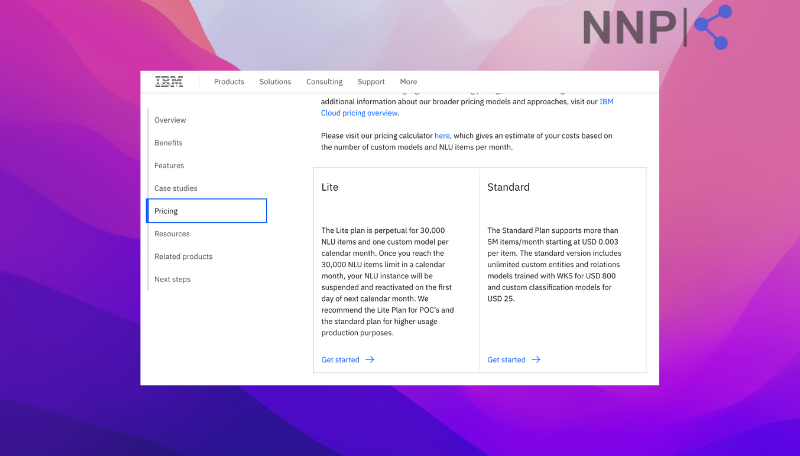
Tool 2: TensorFlow
Hold on to your lab coats because TensorFlow is an open-source machine learning library out of Google's innovation factory.
What makes TensorFlow a rockstar in the AI world? Well, imagine a versatile architecture that can handle all sorts of machine learning models, especially the deep learning ones that are all the rage. That's right, TensorFlow's got your back when it comes to dealing with the most complex and cutting-edge machine learning tasks.
Are you developing and training those mind-boggling machine-learning models? Say no more! TensorFlow is your trusty sidekick, ready to assist you in conquering the AI frontier.
And here's the juicy part – TensorFlow has won the hearts of researchers worldwide. It's like the popular kid in the research community, thanks to its extensive documentation and an army of supporters in the form of a lively community.
Every hero has his Achilles heel. TensorFlow is a bit daunting for beginners with its steeper learning curve. And brace yourself – when training those complex models, be prepared for some resource-intensive demands.
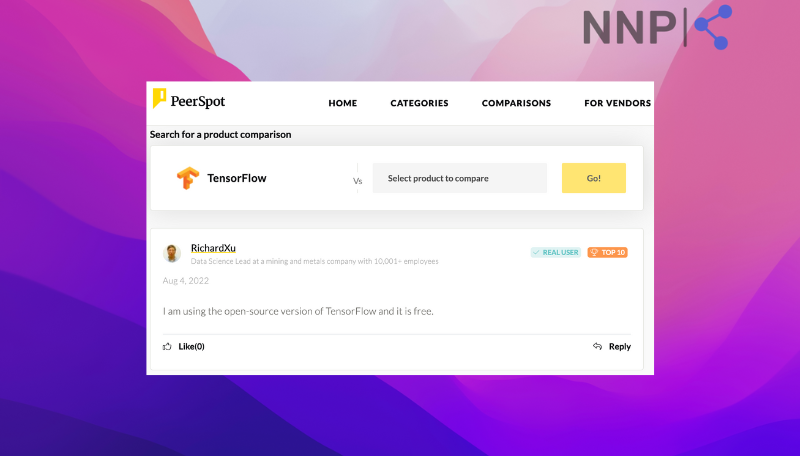
Tool 3: Microsoft Azure AI
Say hello to Microsoft Azure AI – a robust AI platform brought to you by the tech giants at Microsoft.
With an array of AI services under its belt, Microsoft Azure AI is ready to make your research dreams come true. Whether recognizing images like a seasoned art critic or understanding speech like a linguistics guru, this platform has got you covered.
And the best part? It's not just about the pre-built AI models; Azure Machine Learning lets you unleash your creativity and build unique AI solutions.
Need scalability and seamless integration with other Microsoft services? Microsoft Azure AI is your one-stop shop.
However, just a heads up – the free tier has limitations, so if you're planning to go all-in with the AI extravaganza, be mindful of the potential costs.
And remember, with great cloud power comes great responsibility – address any potential privacy concerns when dealing with cloud services like Azure AI. Safety first, researchers!
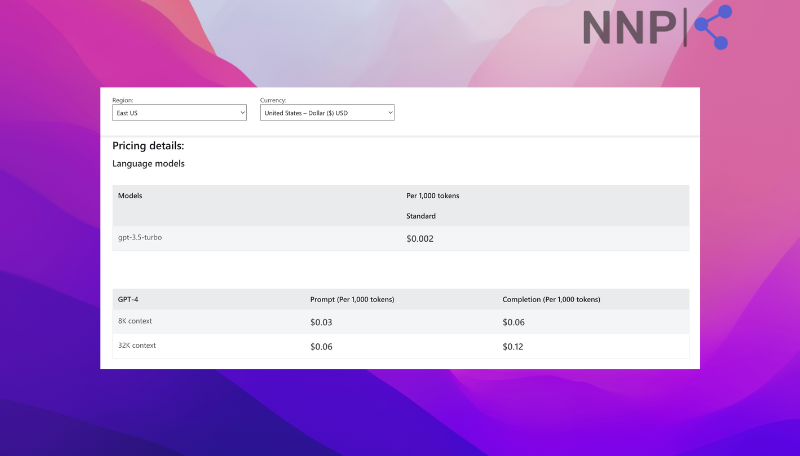
Tool 4: Google Cloud AI
Get ready to explore the AI wonders of Google Cloud AI – the AI platform straight from the tech juggernaut, Google Cloud.
What's in the box? Brace yourself for pre-trained AI models that can save you time and effort, AI APIs that make integrating AI into your projects a breeze, and AutoML capabilities that let you create your custom AI models without breaking a sweat.
Regarding use cases, Google Cloud AI is a versatile beast. From natural language processing that can decipher human speak to computer vision tasks that see the world like an eagle-eyed detective and recommendation systems that suggest stuff better than your favorite shopping app – Google's got your back.
One of the big pluses of Google Cloud AI is how seamlessly it integrates with the Google Cloud infrastructure. It's like peanut butter and jelly – they just belong together. Its robust and powerful AI capabilities, ready to tackle the most challenging tasks.
Remember to keep an eye on the pricing if you're planning to go all-in on AI. Heavy usage might come with a hefty bill. And speaking of keeping an eye, Google Cloud AI does rely on internet connectivity, so ensure you're plugged in when you're on an AI adventure.
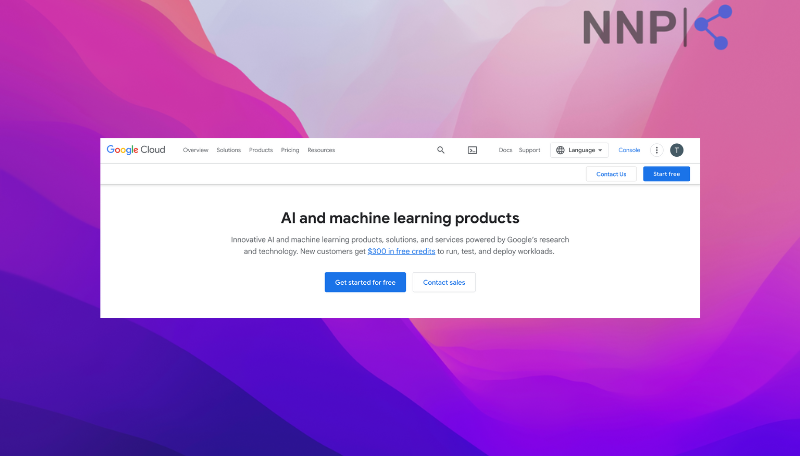
Tool 5: BigML
Welcome to the world of BigML – the machine learning platform that's all about data analysis and predictive modeling.
Picture this – automation at its finest with BigML's "WhizzML" scripting. Say goodbye to repetitive tasks, as BigML does the heavy lifting, making your life as a researcher much easier.
What can you do with it? The possibilities are endless. From predictive analytics that forecast the future like a time-traveling guru to classification tasks that sort data like a boss and anomaly detection that spots outliers like a hawk – BigML is your data science ally.
And guess what? BigML has a user-friendly interface that makes navigating the platform a walk in the park. Plus, if you're a fan of automation, you'll love its support for automated processes.
Now, here's the scoop – while BigML offers a taste of its magic with a limited free tier, to unlock its full potential, you might need to consider one of its paid plans. Also, remember that the community around BigML might be cozier compared to the major players, but they're passionate and always ready to lend a helping hand.
So, if you're craving serious data-driven insights, BigML is the secret sauce in your research toolkit. Let's keep exploring AI awesomeness!
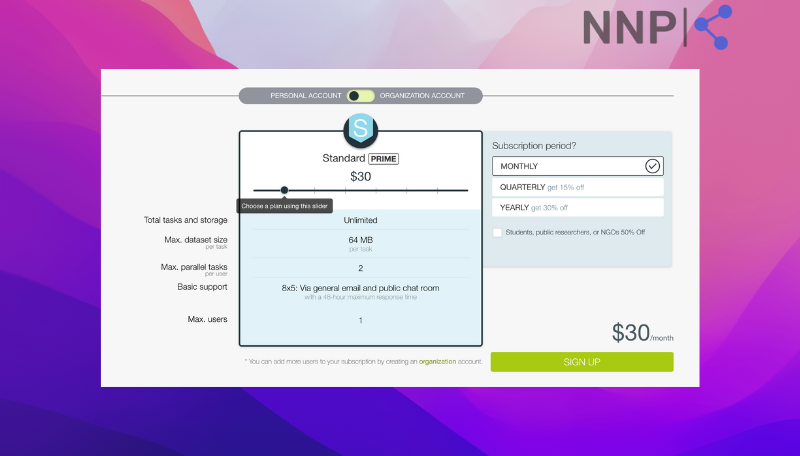
Tool 6: H2O.ai
Get ready to dive into H2O.ai – an open-source AI platform that's all about making machine learning a piece of cake.
What's the buzz about H2O.ai? Well, brace yourself for some serious automation with AutoML. H2O.ai takes the wheel and handles the nitty-gritty of machine learning, leaving you with more time to focus on the exciting parts of your research.
Not only that, but H2O.ai also plays well with distributed computing, meaning it can tackle massive datasets like a champ. And when it comes to algorithms, H2O.ai's got your back with support for various of them, giving you the freedom to choose the best fit for your research needs.
So, what can you do with H2O.ai? The sky's the limit! From predictive modeling that peeks into the future to time-series analysis that unravels patterns over time and pattern recognition that spots trends like a pro – H2O.ai has your data analysis needs covered.
Pros? Oh, we've got plenty! First, scalability is H2O.ai's middle name, so there is no need to worry about growth limitations. And if you need a helping hand, H2O.ai's community is a vibrant bunch.
Every platform has its quirks. H2O.ai might be challenging to grasp for non-technical users at first, thanks to its steeper learning curve. Also, rememberwhen dealing with large datasets, you might want to gear up for some resource-intensive computing.
Note: There are no prices listed anywhere for H2O.ai online. Once the pricing lists become available, we will update this article.
Tool 7: Wit.ai
Say hello to Wit.ai – the natural language processing platform part of the Facebook family.
What's Wit.ai all about? Well, imagine a platform that can understand human language and recognize both voice and text. It's like having a language wizard by your side!
But that's not all – Wit.ai goes beyond understanding words; it gets the context too. Language understanding is its specialty, and intent prediction is its superpower. You can build conversational AI, chatbots, and even voice-controlled applications that interact with users like a pro.
One of the best things about Wit.ai is its user-friendliness. Whether you're a seasoned developer or just getting started, you'll find Wit.ai a breeze. It's like the ultimate language playground for developers of all levels.
Of course, even the most impressive platforms have their limits. Wit.ai primarily focuses on language-related AI tasks, so if you're looking for broader AI capabilities, you might need to explore other options. And, as with any language-related AI, privacy concerns might come into play, so always tread carefully.
With Wit.ai, language is no barrier to your AI endeavors. So, if you're ready to dive into the world of conversational AI and more, Wit.ai has the magic words to unlock your research potential.
Note: Wit.ai is a free tool, and the same applies even for commercial use.
You might also like 11 Best AI Tools for Sales.
Conclusion
In conclusion, the world of AI tools for scientific research has revolutionized the research landscape.
From IBM Watson's powerful analytics to Google Cloud AI's seamless integration, these tools offer researchers unprecedented capabilities. BigML's user-friendly interface and H2O.ai's automation have made data analysis more accessible—meanwhile, Wit.ai's language understanding and intent prediction open new avenues for conversational AI.
As researchers leverage these tools, it's crucial to consider individual project requirements and be mindful of challenges like steep learning curves and resource-intensive computations.
The AI revolution in scientific research has only just begun, promising exciting advancements and discoveries in the future.
If you liked this article, check out: 7 Best AI Tools for Blogging.

